Spice Up Your Kitchen: 7 Must-Try Thai Cuisine Recipes with Global Spice Traditions
Welcome to a culinary journey that's about to blow your taste buds into another dimension — we’re diving headfirst into the fragrant, fiery, and flavorful world of Thai cuisine recipes. Whether you're a professional chef or a curious home cook who thinks chili paste is just a fancy jar of red stuff, this guide will spice up your kitchen in no time.
So grab your wok (or a pot if that’s all you’ve got), loosen those stretchy pants, and let’s explore how global spice traditions have influenced one of the most beloved cuisines on the planet. And don’t worry — we promise not to make you cry (unless it’s from joy after tasting the food).
Table of Contents
- A Brief Intro to Thai Cuisine & Spices
- Top 7 Thai Cuisine Recipes You Can't Miss
- Spice Breakdown: What Makes Thai Food So Damn Flavorful?
- Pro Tips for Perfecting Thai Flavors at Home
- Global Spice Traditions That Shaped Thai Cuisine
- Final Thoughts: From Pad Thai to Global Fame
A Brief Intro to Thai Cuisine & Spices
Thai cuisine is like the life of the party — bold, vibrant, and full of surprises. Known for its balance of sweet, salty, sour, and spicy flavors, it’s a cuisine that doesn’t just feed you; it dances on your tongue.
At the heart of Thai cooking are spices and herbs that have traveled across continents and centuries. Ingredients like lemongrass, galangal, kaffir lime leaves, and bird’s eye chilies aren’t just random picks — they come with a rich history of trade, migration, and culinary evolution.
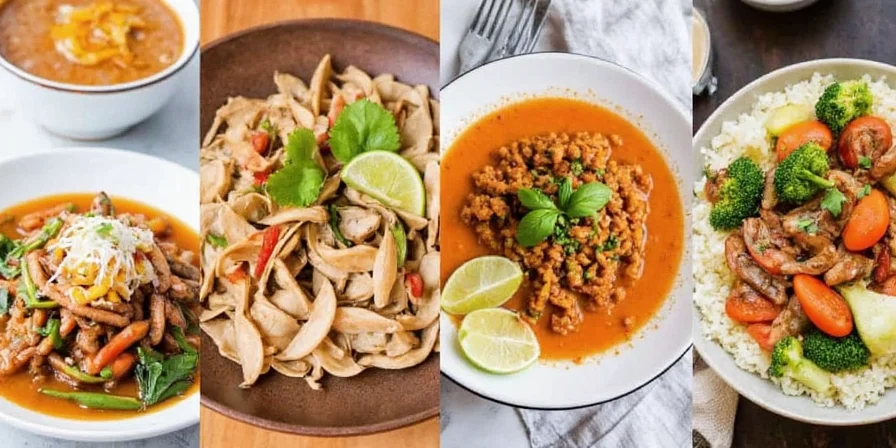
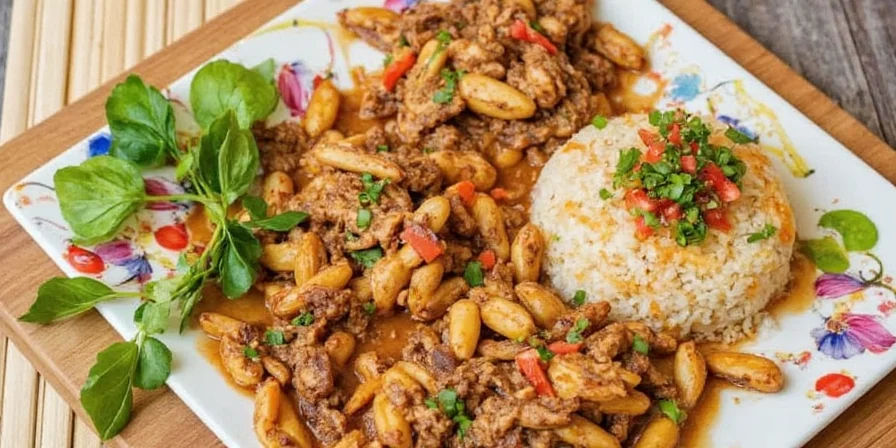
Top 7 Thai Cuisine Recipes You Can't Miss
Let’s jump into the real meat (or tofu) of the matter — these seven recipes are your golden ticket to impressing guests, surviving a Monday morning, or simply treating yourself like royalty. Each dish brings something unique to the table, so read on and start drooling:
- Pad Thai: The ultimate street food classic. Stir-fried noodles, tamarind sauce, shrimp or tofu, and a dash of chaos.
- Tom Yum Goong: A hot and sour shrimp soup that screams “I’m not messing around.”
- Green Curry (Gaeng Keow Wan): Creamy coconut milk meets green chili paste in this spicy, aromatic hug.
- Massaman Curry: Sweet, savory, and slightly Persian-inspired — it’s the gentle giant of Thai curries.
- Pad Krapow Moo (Stir-Fried Pork with Holy Basil): Quick, cheap, and packs a flavor punch that could rival your boss’s yelling voice.
- Pla Pao (Grilled Fish with Lemongrass): A whole fish grilled to perfection, stuffed with lemongrass and garlic. Simple yet divine.
- Mangala Curry: A vegetarian-friendly curry packed with root vegetables and turmeric love.
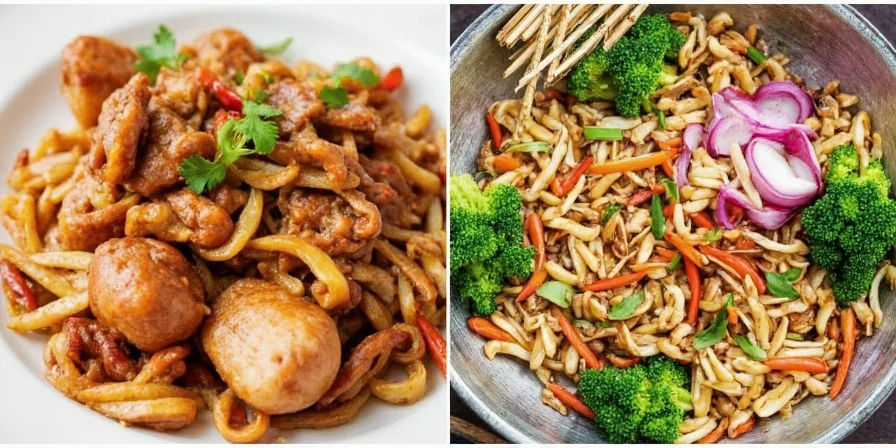

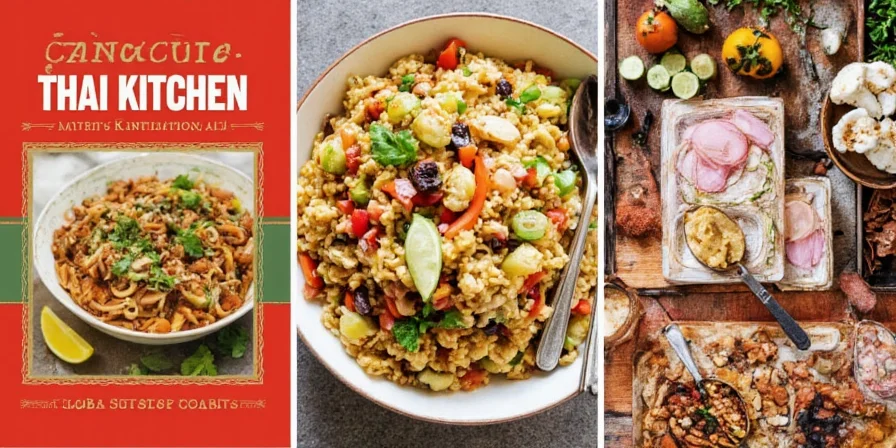
Spice Breakdown: What Makes Thai Food So Damn Flavorful?
Let’s get technical for a moment. Thai food isn’t just spicy — it’s a symphony of ingredients that play well together. Here’s a breakdown of the key players:
| Ingredient | Description | Flavor Profile | Common Dishes |
|---|---|---|---|
| Lemongrass | A grass-like stalk with a citrusy aroma | Citrusy, fresh, slightly earthy | Tom Yum, Pla Pao |
| Kaffir Lime Leaves | Deeply aromatic leaves with a bumpy surface | Bitter citrus, floral | Curries, soups |
| Galangal | A ginger cousin with a sharp, piney bite | Pine, peppery, woody | Green Curry, Tom Kha Gai |
| Bird’s Eye Chili | The tiny but mighty firecracker of Thai cuisine | Hot, fruity | Nam Jim dipping sauce, curries |
| Fish Sauce | Salty, umami-packed condiment made from fermented fish | Salty, funky | Dips, stir-fries, dressings |
| Tamarind Paste | Dark, sticky pulp from tropical fruit | Sour, tangy | Pad Thai, Som Tum |
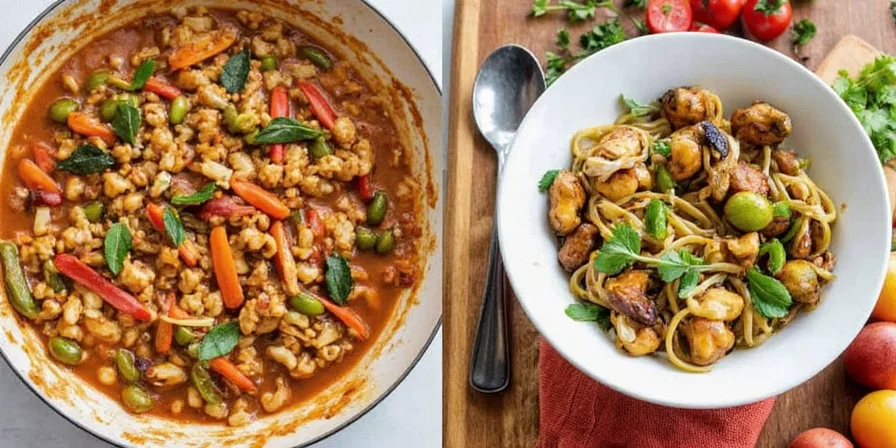
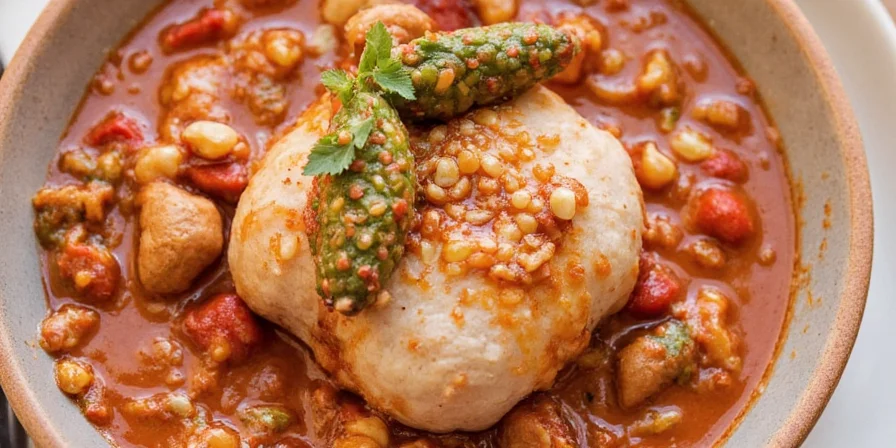
Pro Tips for Perfecting Thai Flavors at Home
You don’t need a Ph.D. in spiceology to make great Thai food. Just follow these handy tips to level up your kitchen game:
- Don’t skip the aromatics. Garlic, shallots, and galangal form the base of many Thai dishes. Take your time chopping and sautéing them gently before adding anything else.
- Use fresh ingredients. Fresh lemongrass, kaffir lime leaves, and holy basil can take a dish from meh to magical.
- Balance is everything. Thai food thrives on contrast. Always ask yourself: Have I added enough salt? Sourness? Heat? Sweetness? If not, adjust!
- Toast your spices. Some recipes benefit from lightly toasted coriander seeds or cumin seeds for a deeper flavor profile.
- Make your own curry paste. While store-bought versions work in a pinch, homemade curry paste elevates your dish tenfold. We’ll share a simple recipe below!
- Restrain the heat… at first. Add chilies gradually. Remember, you can always add more spice later, but you can’t take it out once it’s in.
- Garnish like a pro. Cilantro, sliced cucumber, fried shallots, or a squeeze of lime can transform a good dish into an Insta-worthy masterpiece.
Simple Green Curry Paste Recipe
Makes enough for 2–3 meals
- 5–6 green chilies (adjust for heat)
- 2 stalks lemongrass, chopped
- 4 cloves garlic
- 1 tbsp galangal or ginger
- 2 kaffir lime leaves, chopped
- 1 tsp coriander seeds
- 1/2 tsp cumin seeds
- 1 tbsp shrimp paste (optional for vegan version)
- Blitz everything in a food processor until smooth!
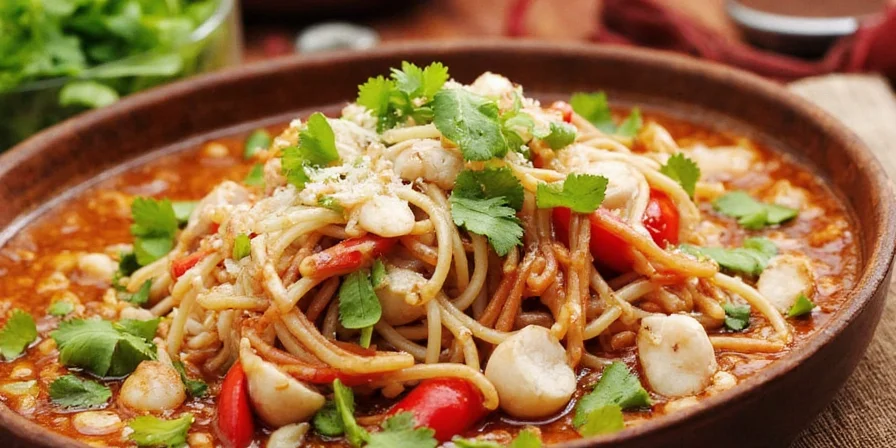
Global Spice Traditions That Shaped Thai Cuisine
Did you know that some of the most iconic Thai flavors didn’t originate in Thailand? Like a culinary remix artist, Thai cuisine has borrowed, blended, and perfected ingredients from across the globe. Let’s take a look at the international influences that helped shape this beloved cuisine:
- India: Curry culture came to Thailand via Indian traders and monks. The use of turmeric, cumin, and coriander in Massaman Curry clearly shows Indian roots.
- China: Woks, soy sauce, noodles, and stir-frying techniques were introduced by Chinese immigrants. Pad Thai itself evolved from noodle dishes brought by Hokkien traders.
- Malaysia/Southeast Asia: Shared borders mean shared spices. Ingredients like tamarind, coconut milk, and laksa leaves are common across the region.
- Portugal & Europe: Yes, even Europeans left their mark. Chilies themselves were introduced by Portuguese explorers from South America! Who knew?
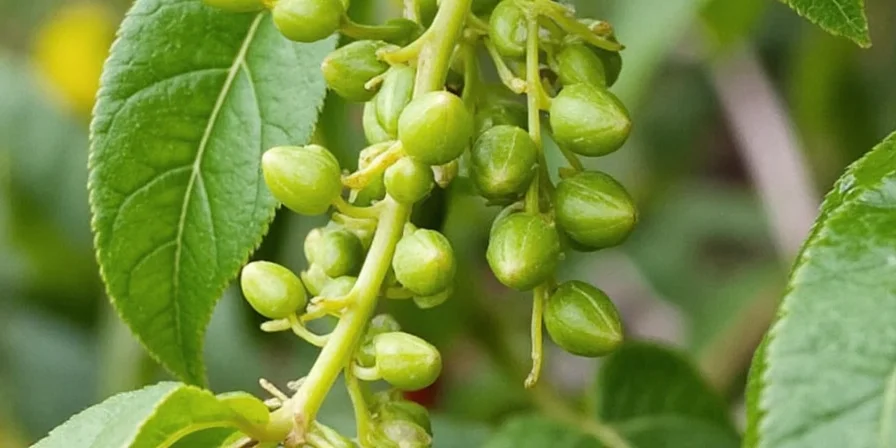
Final Thoughts: From Pad Thai to Global Fame
Thai cuisine is more than just pad thai and coconut curry — it’s a testament to the power of spices, culture, and storytelling through food. Whether you're making a quick dinner or hosting a Thai night feast, remember: the secret is in the spices, the soul is in the preparation, and the joy comes from sharing it with others.
So next time you're staring into the fridge wondering what to cook, don’t settle for boring. Reach for the lemongrass, pull out that fish sauce, and let your kitchen smell like a Bangkok street stall.
Got Questions? Need More Spice?
Drop your thoughts in the comments or share your favorite Thai recipe using the hashtag #ThaiTasteExplosion. And if you want more deep dives into global spice traditions, stay tuned — we’re just getting started!

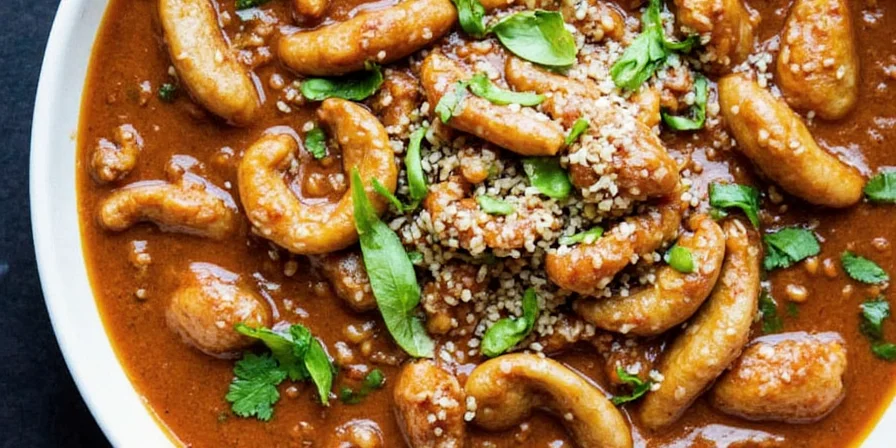









 浙公网安备
33010002000092号
浙公网安备
33010002000092号 浙B2-20120091-4
浙B2-20120091-4